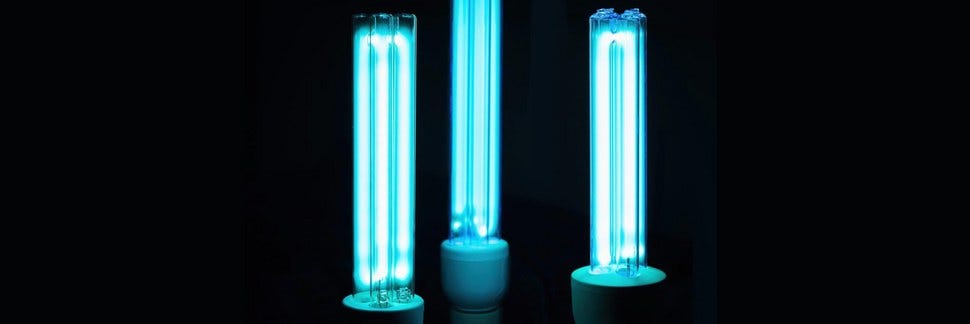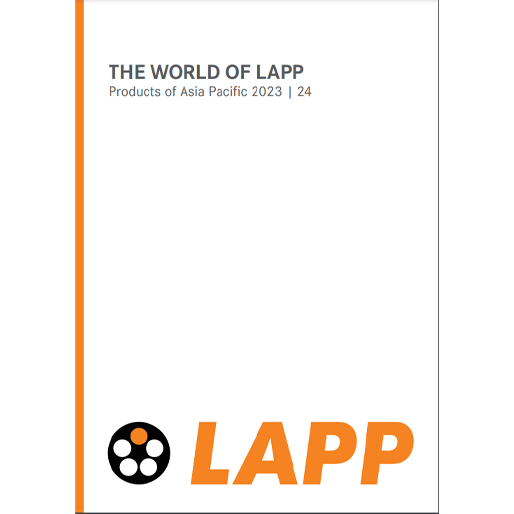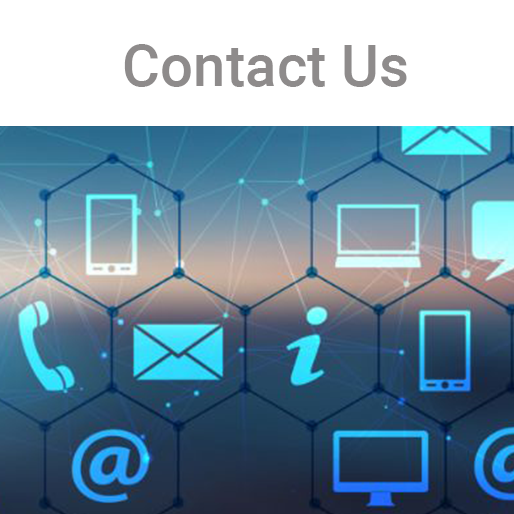UV-C-Resistant cables


UV-C radiation also proves advantageous in pandemic control, because disinfection by light is fast and efficient. The resulting complete elimination of chemical cleaners is also an environmentally friendly and effective solution for decontamination in many areas of application. At the same time, however, it is also dangerous for people and materials.
But what exactly is UV-C radiation, what makes it so dangerous and what does it have to do with LAPP?
What is UVC?
UV-C radiation is the name for a particularly high-energy ultraviolet radiation (UV) in the wavelength range from 100 to 280 nm (nanometers). Like UV-B radiation with a wavelength range of 280 to 315 nm and UV-A radiation with a wavelength range of 315 to 400 nm, it is generated by the sun and is also the shortest-wave type of radiation from the sun.
| Radiation Type | Wavelength |
| UV-A | 380-315 nm |
| UV-B | 315-280 nm |
| UV-C | 280-100 nm |
While the sun's natural UV-A and UV-B radiation penetrates to the earth's surface and is mainly responsible for sunburn and premature skin aging, UV-C rays are almost completely absorbed by the earth's atmosphere. Humans are therefore exposed to UV-C rays, in nature, only little or not at all. Fortunately, because with decreasing wavelength, the negative effect of UV radiation on human health increases.
Is UVC harmful to health?
The shorter the wavelength, the greater the impact UV radiation can have on human health
« UV-C radiation as the shortest-wave type of radiation from the sun is therefore very dangerous for our health. »
If humans or living beings in general are exposed to this radiation, it damages our eyes, skin and even our genetic material. In addition, UV-C rays are classified as highly carcinogenic.
But not only that, a wide range of materials or material durability suffers greatly from UV-C radiation.
So why do we generate UV-C radiation artificially when it harms us anyway and the earth's atmosphere protects us so effectively from it?
What are the advantages of UVC and where is it used?
As is so often the case in life, every pole has an opposite pole. UV-C radiation is no exception. On the one hand, it is harmful to the health of humans and animals, but at the same time it can be very effective in protecting them.
UV-C lamps have been used for a long time for water treatment or air purification, e.g. in laboratories or medical and pharmaceutical areas.
For the disinfection of water, air and surfaces, these lamps ensure the protection of our health. For this purpose, a specific wavelength of UV-C radiation of 254 nm has proven to be particularly effective.
Corona viruses can also be killed by UV-C radiation, which is why it is used very effectively in the fight against the Covid 19 pandemic for disinfection. Conveyor belts, escalator handrails and even entire train cars, airplane cabins, warehouses, operating rooms and classrooms can be decontaminated with it in a matter of seconds, without the use of harmful chemicals. Some of this is already active today, while other areas are still in the starting blocks.
But what initially sounds only positive also has its downsides.
How does UVC affect materials?
Every one of us is familiar with faded colours caused by magazines forgotten in the sun or laundry dried too often in the sun. Even plastic garden furniture that has become yellowed, porous and dull after only a short time and was once as white as a sheet is a well-known nuisance. And this is "only" due to the influence of UV-A and UV-B rays, which are longer-wave and therefore less aggressive than UV-C rays.
« UV-C radiation has massive negative effects on the service life or material durability of certain materials. »
It destroys the macromolecules of plastics, for example, and thus possibly also the outer sheath materials and insulation of cables or the plastics used in cable glands and connectors.
In the long term, this can lead to material damage in the installed products or components and ultimately to failures in the affected machines and systems.
In addition, mobile products or handheld devices whose housings and operating elements suffer massively from the influence of UV-C radiation.
If we think of the decontamination of an office, for example, the plastic housings of monitors, beamers, televisions and other products and their supply lines are exposed to the accelerated aging process caused by UV-C radiation. This leads to early embrittlement of the plastics and premature failure due to cracks or fractures in the material.
It is clear that quick solutions are initially required, especially during a pandemic. But you, as the operator or manufacturer of the individual products, must also protect yourself against damage to plants, buildings or laboratory equipment caused by the high-energy UV-C radiation.
If components are additionally used in a moving manner, such as cables in the drag chain or in mobile, portable equipment, the duration until total failure is again significantly reduced.
How can LAPP help you with this?
Today, we are once again one step ahead. As we did in the 1990s when we introduced our products ÖLFLEX® NATUR or today's ÖLFLEX® ROBUST. At that time, the aim was to prevent premature failures in cables, cable glands and connectors due to exposure to the newly introduced bio-lubricating, cooling and cutting oils based, for example, on rapeseed.
As an innovative provider of integrated solutions and branded products in the field of cable and connector technology, our LAPP experts recognized the situation early on and acted accordingly.
This is because official studies on the effects of UV-C radiation on the various materials, standardized tests or even international testing standards do not yet exist.
LAPP has therefore initiated its own test procedure for cables with which UV-C resistance can be tested.
|
The following criteria were examined at the cables : |
The following changes to the test samples were noted : |
|
Mechanical strength |
Embrittlement and loss of elasticity |
|---|---|
|
Visual change |
Significant surface change |
|
Material emission |
Leakage of additives |
|
Colour change |
Significant colour bleaching or darkening |
|
Odour formation |
Partially strong odour release |
Our test procedure yielded the following results:
Non- or only conditionally UV-C resistant plastics
- Polyvinyl chloride
- Polyurethane
- Certain thermoplastic elastomers
- Certain electron beam crosslinked plastics, and
- Special halogen-free materials.
On the other hand, for use under the influence of UV-C radiation, all our products with the sheathing material ROBUST have achieved particularly good results. We can recommend these to you without hesitation.
UV-C resistant plastic
- ROBUST
Through the early action of our LAPP experts, you as a customer will benefit from UVC-tested products from the areas:
- Power and control cables
- Data cables
| Product name | Application | |
| Power and control cables | ÖLFLEX® ROBUST FD | For use in drag chains |
| " | ÖLFLEX® ROBUST FD C | " |
| " | ÖLFLEX® ROBUST 200 | For flexible use |
| " | ÖLFLEX® ROBUST 210 | " |
| " | ÖLFLEX® ROBUST 215 C | " |
| Low frequency data cables | UNITRONIC® ROBUST | For flexible use in the low frequency range |
| " | UNITRONIC® ROBUST C | " |
| " | UNITRONIC® ROBUST C (TP) | " |
| Data cables fieldbus | UNITRONIC® BUS PB ROBUST | For flexible use in the PROFIBUS-DP network |
| " | UNITRONIC® ROBUST S/A FD | For sensor/actuator wiring |
| Data cables Ethernet | ETHERLINE® ROBUST | For flexible use in Ethernet and especially PROFINET networks |
| " | ETHERLINE® ROBUST FR | For flexible use in PROFINET networks and especially flame retardant. |
Why should I choose UV-C resistant products from LAPP?
- You are prepared for long-term operation of your products especially in UV-C applications.
- The lower failure probability of LAPP components reduces your machine downtimes.
- You save time and costs due to extended maintenance intervals.
- You can plan better due to long product life.
- With ROBUST, you automatically meet the most stringent hygienic requirements and, if necessary, you can also use a steam jet or chemical cleaners.
But not only that. Here, too, we at LAPP once again demonstrate our innovative strength and take on the role of pioneer. This means that we have already thought about what head start we can give you and have therefore started to develop new products especially for use in the application area of UV-C sterilization.




